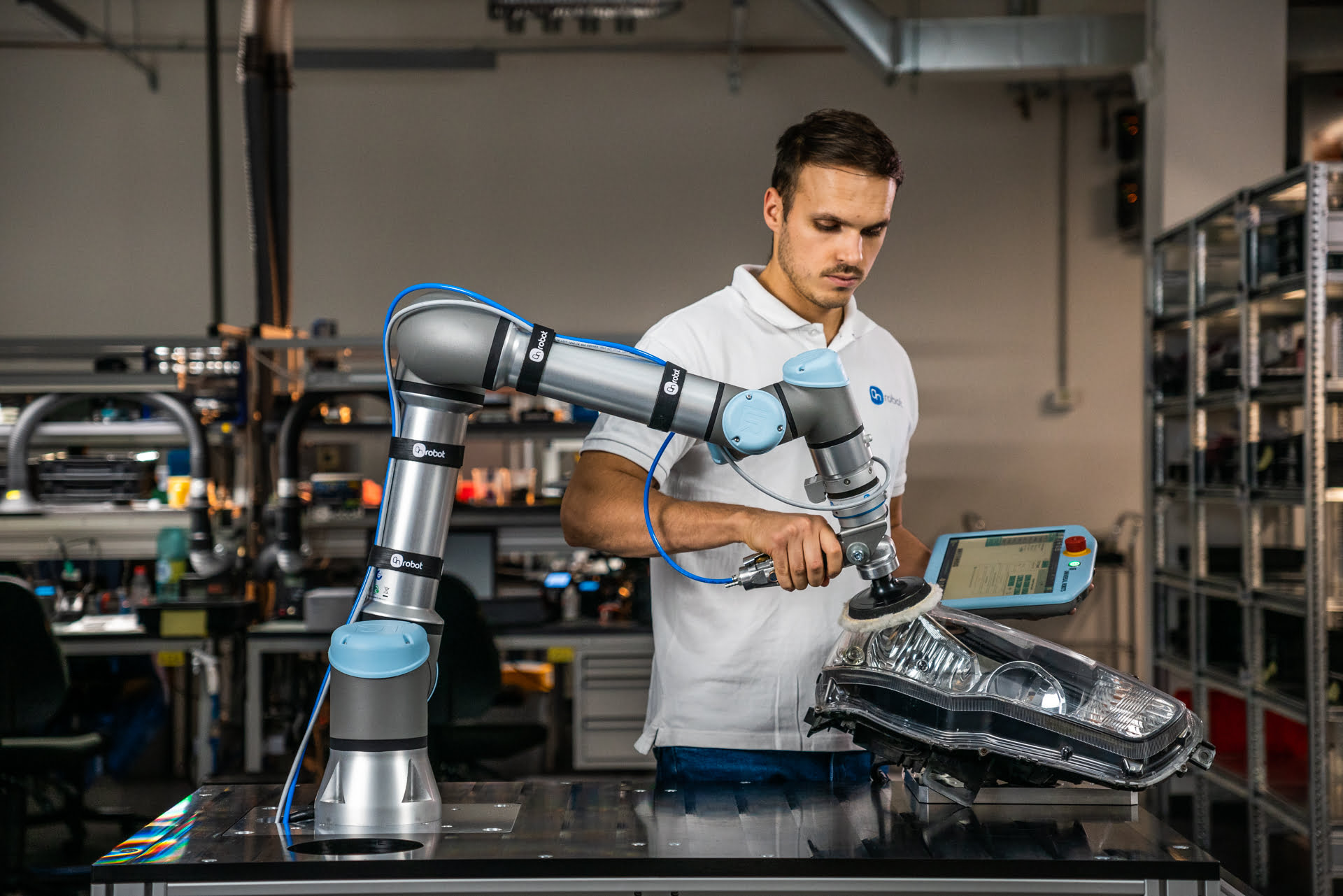What Is The Difference Between A Robot And A Cobot?
As the age of automation continues to unfold, one of the biggest questions is what separates a robot from a cobot. This pressing query can be seen in everything from factory workers to research labs. In recent years, more and more people have become interested in this topic as artificial intelligence grows ever more sophisticated.
So, whether you are curious about how these machines differ or want to learn more about them for your professional development, this article is for you. Here we’ll explore the differences between robots and cobots on an academic level so that you can understand their capabilities better and make the most of this robotic technology.
Table of Contents
What Is A Robot, And What Is A Cobot?
Robots and cobots are used in many industrial applications. A robot is an artificially intelligent machine built to execute complicated tasks, such as welding and assembly line manufacturing. Although similar, a cobot, short for collaborative robot, is designed to work safely alongside humans in the same workspace. These technologies are revolutionizing how professionals perform their duties with increased safety measurements, heightened accuracy, and efficiency.
In particular, cobots allow for a more natural working relationship between machines and people within the same environment. As businesses worldwide strive to keep up with industry demands without sacrificing productivity or compromising safety standards, robots and cobots can be instrumental tools for success.
The Benefits Of Using Robots Over Cobots
Robots have been around for decades and offer many benefits to the manufacturing process. For one, they can be programmed more precisely than cobots, which allows them to complete tasks with greater accuracy in a shorter amount of time. Furthermore, robots are better suited for labor-intensive activities that require repetitive motions, such as those in factories or warehouses.
In addition, because robots do not need breaks or sleep, businesses can operate their machines 24/7 without worrying about human resources or overtime pay. Robots also help protect workers from dangerous environments by minimizing accidents and eliminating exposure to hazardous materials.
The Advantages Of Using Cobots Over Robots
Cobots are designed for close collaboration with people so that the two species can work together to accomplish tasks. This technology is beneficial in those industries where people must interact directly with a machine, such as in laboratories or medical offices.
Cobots are also beneficial because they can be adapted quickly and efficiently to changing requirements or workflows. They are often used for complex tasks that require skill and precision, such as assembling small items on an assembly line. Cobots also offer flexibility due to their ability to assist with multiple activities at once, decreasing the time spent training personnel on different machines.
How Cobots Are Changing The Robotics Industry
Cobots are revolutionizing the robotics industry by bringing machines and people closer together. This technology makes it easier for businesses to meet their production goals without sacrificing safety or quality standards. Furthermore, cobots provide a more efficient way to perform repetitive tasks while freeing up human resources for higher-level activities such as problem-solving and innovation.
Finally, cobots are helping companies stay competitive in an ever-changing global economy where automation is becoming increasingly important. By combining the best traits of robots with the skill and adaptability of humans, cobots are offering a new level of efficiency that can’t be found elsewhere.
The Future Of Cobots And The Impact They Will Have On The Workforce
The development of cobots is still in its early stages, but the potential benefits are immense. It’s expected that this type of technology will become increasingly popular as businesses recognize the advantages of having humans and robots working together.
In addition to improved safety and efficiency, cobots can help bridge the gap between manual labor and skilled work by increasing job opportunities for those who need to be more technically proficient. It could have significant implications for our workforce in the coming years as more jobs become automated and require less physical activity.
What Are The Implications Of Using Robots And Cobots?
The use of both robots and cobots has many implications for businesses. On the one hand, they can help increase production efficiency while reducing labor and safety regulations costs. On the other hand, these machines could replace human workers in certain areas, resulting in job losses or decreased wages.
Furthermore, there are ethical considerations that need to be taken into account when introducing robots and cobots into a workplace. For example, if they are used to monitor employee performance or displace labor altogether, it is crucial to ensure that their presence does not negatively impact morale or working conditions. It is also essential to make sure that all applicable laws and regulations related to safety and privacy are being followed.

